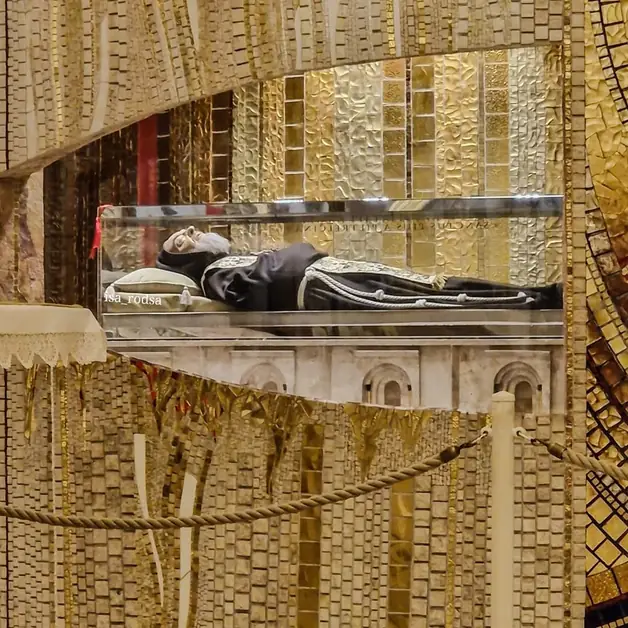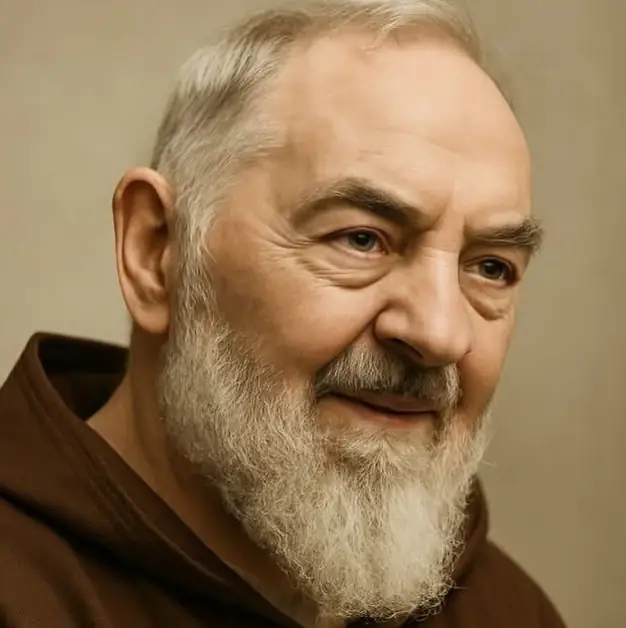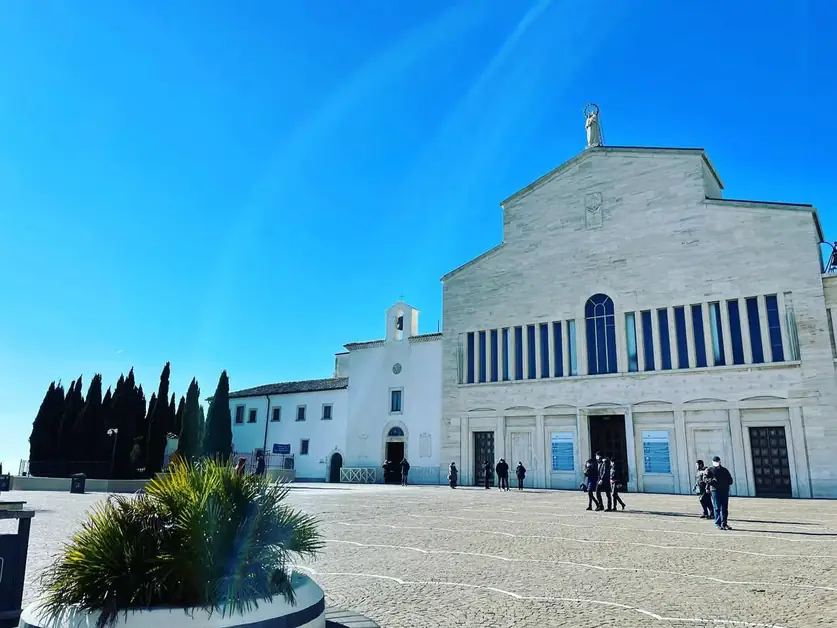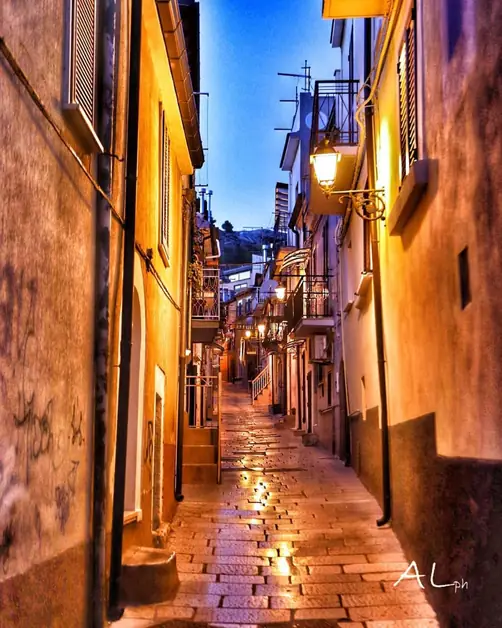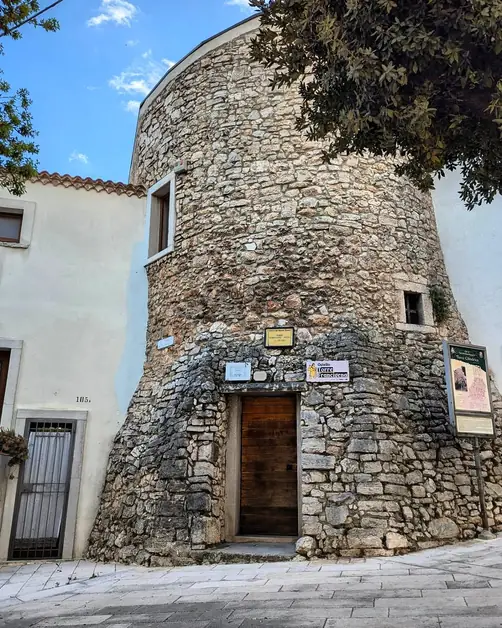The Sanctuary of Padre Pio between faith and modern architecture
The Sanctuary of Padre Pio is a place of faith and modern architecture in San Giovanni Rotondo.
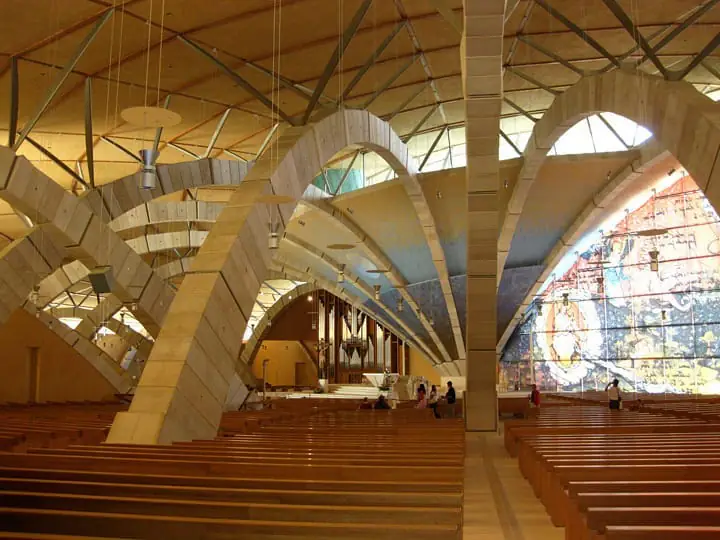
Where is the Sanctuary of Padre Pio located?
The Sanctuary of Padre Pio is located in San Giovanni Rotondo, a town in Puglia in the province of Foggia. This location, situated on the Gargano, is known worldwide as the place where Saint Pio of Pietrelcina lived and worked, the friar of miracles canonized in 2002 by Pope John Paul II.
Why is San Giovanni Rotondo famous among pilgrims?
San Giovanni Rotondo is one of the most visited pilgrimage sites in Italy. Here, Padre Pio lived for over fifty years, from September 4, 1916, until his death on September 23, 1968. In this city, he received the stigmata, heard the confessions of thousands of people, and founded charitable works such as the Casa Sollievo della Sofferenza. Today, millions of tourists and believers visit the places linked to his life and faith.
Who designed the new Sanctuary of Padre Pio?
The new Sanctuary of Padre Pio was designed by the famous Italian architect Renzo Piano. Inaugurated on July 1, 2004, it represents one of the most modern and imposing religious architectural works in Europe. With an area of over 6,000 square meters, it is the second largest church in Italy after the Duomo of Milan.
When was the Sanctuary of Padre Pio built?
Construction began in the 1990s and lasted about ten years. The Sanctuary was inaugurated in 2004 and has since welcomed thousands of pilgrims from all over the world every day. It was financed almost entirely by the donations of the faithful, a sign of the great devotion to Padre Pio.
What architectural features does the Sanctuary of Padre Pio have?
The structure of the Sanctuary is unique in its kind. Renzo Piano conceived it as a large shell, a symbol of welcome. The walls are made of Apricena stone, a light stone typical of the Gargano. The roof, on the other hand, is made of pre-oxidized copper, which over time has taken on a suggestive green hue. This combination of materials gives the church a modern appearance while still being in harmony with the surrounding landscape.
What does the large stained glass window of the Sanctuary represent?
One of the most fascinating elements of the Sanctuary is the large stained glass window that separates the interior from the exterior. Decorated with a scene from the Apocalypse, it represents the continuity between the earthly world and the spiritual one. Renzo Piano wanted the floor of the forecourt and that of the interior to be the same, precisely to symbolize that there is no boundary between the daily life of the faithful and the sacred dimension of prayer.
How many people can the Sanctuary of Padre Pio accommodate?
The new Sanctuary can accommodate over 6,500 people. The large external forecourt, where outdoor Masses are also celebrated, allows for thousands of other faithful during peak times, such as during the feast of San Pio, celebrated on September 23.
What is the difference between the old and the new Sanctuary of Padre Pio?
Next to the new Sanctuary is the old complex of Santa Maria delle Grazie. This church, inaugurated in 1959 at the behest of Padre Pio, was for decades the main place of worship for his devotees. For many years, the saint's body was also kept in its crypt. Today, the tomb has been moved to the crypt of the new Sanctuary, located in the lower part of the complex designed by Renzo Piano.
What can be seen in the convent of the Capuchin friars?
The Capuchin convent, built in 1540, is part of the religious complex of San Giovanni Rotondo. It was here that Padre Pio lived continuously from 1916 to 1968. Visitors can see his cell, the confessional where he received the faithful, and the ancient chapel where he received the stigmata. It is a place of great silence and spirituality, where time seems to have stopped.
Why visit the Sanctuary of Padre Pio?
Visiting the Sanctuary of Padre Pio means embarking on a spiritual and cultural journey. In addition to the architectural beauty, the place is full of religious significance. Many pilgrims report feeling a deep peace and a strong sense of faith. Even for those who are not believers, the Sanctuary represents a masterpiece of contemporary architecture and a reference point for understanding the religious history of Puglia.
What is found in the underground part of the Sanctuary?
Beneath the large church is a second church, called the lower church, inspired by the Basilica of San Francesco d'Assisi. Here, in a crypt decorated with golden mosaics, lie the remains of Padre Pio. The environment is intimate and quiet, perfect for personal prayer. The walls tell the life of the saint through images and symbols that invite reflection.
What materials were used to build the Sanctuary of Padre Pio?
Renzo Piano chose natural and local materials, such as Apricena stone and copper. The choice was not casual: these materials withstand the test of time and symbolize the strength and simplicity of Padre Pio's faith. Every detail of the building was designed to convey serenity and welcome.
How to reach the Sanctuary of San Giovanni Rotondo?
San Giovanni Rotondo is easily reachable by car from the A14 motorway (Foggia or San Severo exit). Direct buses to the Sanctuary depart from the city of Foggia. Those traveling by plane can land in Bari or Pescara and continue by bus or train. For foreign tourists, many organized tours include San Giovanni Rotondo among the main religious destinations in Italy.
When to visit the Sanctuary of Padre Pio?
The best time to visit San Giovanni Rotondo is between April and October, when the weather is mild. However, pilgrims arrive from all over the world throughout the year. The most important celebrations are held on September 23, the feast day of San Pio, and May 25, the anniversary of his birth.
What does the green color of the Sanctuary's roof represent?
The pre-oxidized copper roof of the Sanctuary of Padre Pio has taken on a bright green color over time. This color represents hope and rebirth, two values deeply connected to the life and message of Padre Pio. Renzo Piano wanted the structure itself to speak to pilgrims through its colors and materials.
